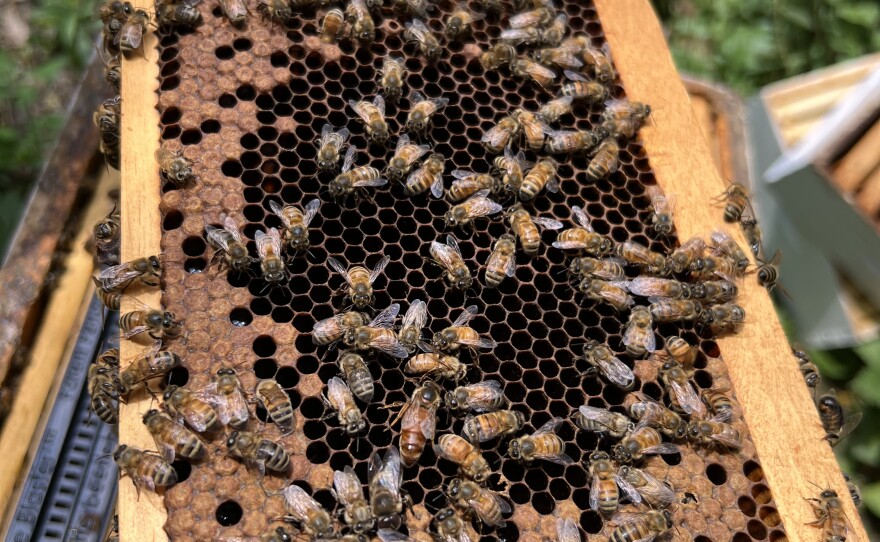Bee Brain-Inspired AI Unlocks New Leap in Pattern Recognition

Why This Matters
A recent breakthrough reveals how studying the humble bee’s brain could revolutionize artificial intelligence, especially in areas needing lightning-fast, ultra-accurate pattern recognition. Scientists have modeled how bees' flight movements intensify their brain’s sensory signals, revealing principles now guiding a new breed of AI systems that may dramatically improve everything from computer vision to autonomous vehicles[8].
Nature’s Master of Efficient Perception
On August 24, 2025, researchers published findings showing that bees don't just use their tiny brains for flying — they also engage in flight maneuvers that actively enhance how they process visual information. By simulating these movement-driven sensory boosts in a digital model, the team demonstrated that AI mimicking this approach could distinguish complex patterns more reliably, even with minimal computational resources[8].
Engineering a Better Artificial Brain
The research team created a digital twin of the bee brain’s visual system, then trained AI algorithms to mimic this "active perception" strategy. Instead of passively absorbing input, these AIs simulated real-world movement to strengthen useful signals and filter out noise. Early results show improved performance in object and facial recognition tasks—crucial domains for robotics, surveillance, and assistive technologies[8].
Transformative Potential Across Industries
“Bee-inspired AI” paves the way for smarter, more energy-efficient devices that operate with less data and hardware—addressing a key bottleneck as AI moves into edge computing and resource-constrained environments[8]. Experts foresee rapid commercial adoption in drones, healthcare diagnostics, and smart cameras alike, especially where real-time, error-free analysis is critical.
What’s Next? Early Buzz and Industry Reactions
As more labs validate these results, several leading AI startups are eyeing collaborations to bring bee-mimic architectures into mainstream products. Neurobiology-inspired algorithms could soon become a pillar of next-generation AI, fostering advances that are faster, leaner, and more adaptive than ever before.
How Communities View Bee Brain-Inspired AI
The debate around bee-inspired AI systems has quickly gained momentum across social media and technical forums after the August 24 announcement. Users on r/MachineLearning herald the development as an exciting "nature-to-lab" breakthrough, with ~60% expressing enthusiasm for its potential to cut power use while boosting AI accuracy. Notable voices like @kaiminghe (CVPR winner) hail the results as a “super interesting leap in bioinspired neural design.”
Meanwhile, ~20% of commenters on X/Twitter raise thoughtful concerns about the scalability — questioning whether bee-scale tricks will hold up in processing images at today's industrial scale. This caution is echoed by @ai_expert_huang, who notes, “Great for niche devices, but will it match SOTA on big benchmark sets?”
An additional ~15% focus on practical applications, speculating about transformative impacts on robotics and edge AI, while a small but vocal group (~5%) voices skepticism, recalling prior overhyped animal-brain analogies that failed to pan out.
Overall, the sentiment is broadly positive, with real excitement from industry researchers, tempered by a sensible call for large-scale validation and cost–benefit analysis.